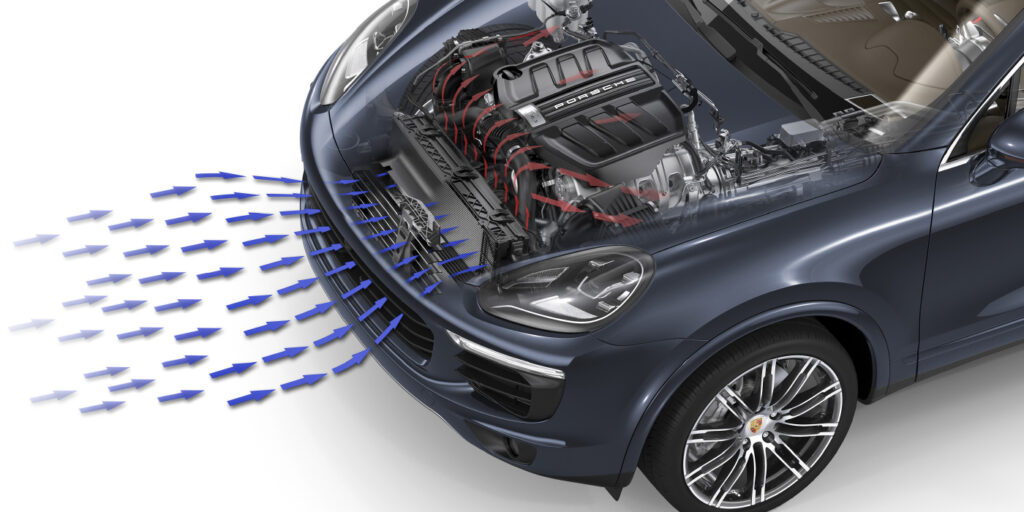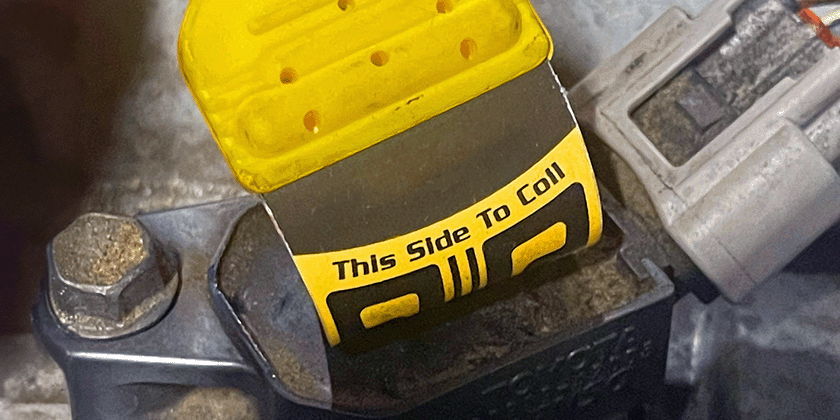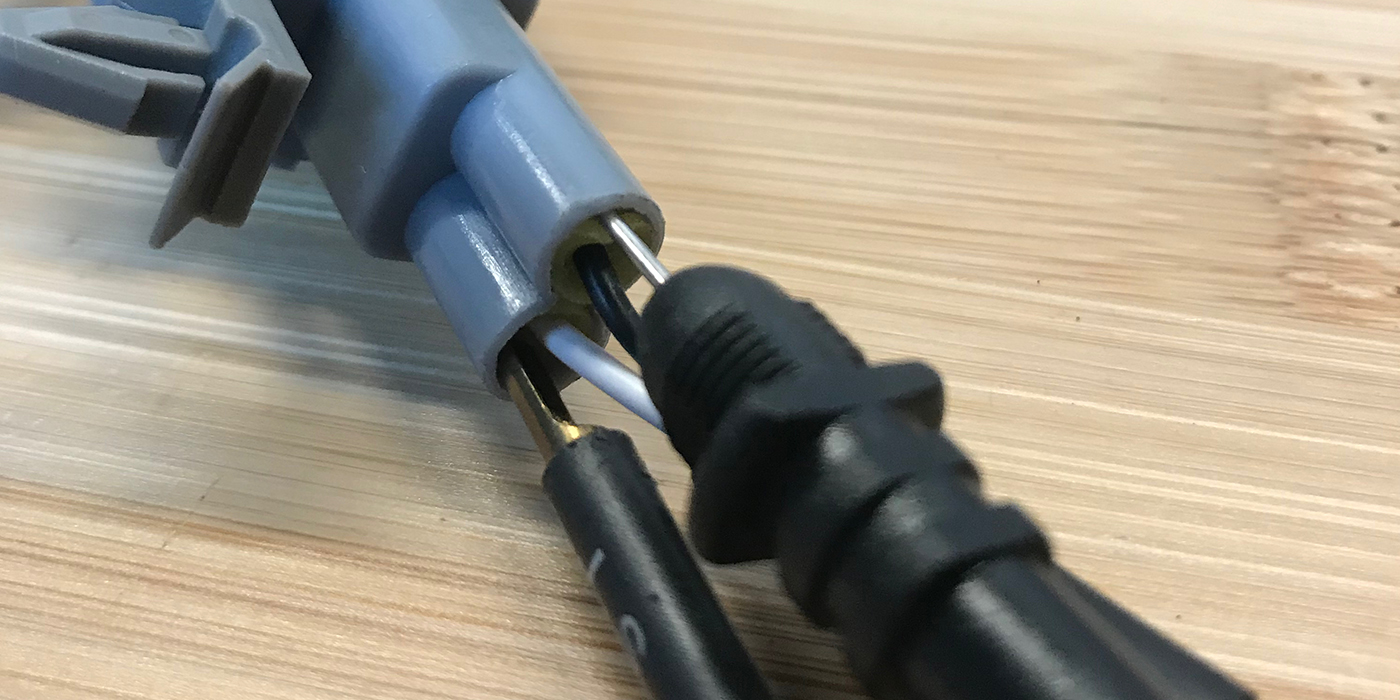Driveshafts on most rear-wheel drive and four-wheel drive (4WD) vehicles are very durable. Most late-model driveshafts are not serviceable and do not have any lubrication points. But, this does not mean that they can’t wear, or even fail.
Driveshaft problems can be spotted from the moment you put the vehicle in gear to pull it into a bay. As the power is transmitted from the transmission to the rear axle, the slack from worn or damaged components is taken up resulting in a sudden crunch or pop.
The SUV comes in two- and four-wheel drive (4WD). Because of this, drivelines come in many different configurations. On two-wheel drive SUVs, you will find:
Single shaft with two Cardan universal joints;
Single shaft with double Cardan on one end and one Cardan on the other end; or
Split shaft with three Cardan and center carrier.
On 4WD vehicles, you have the above configurations, as well as:
Front driveshaft with two Cardan universal joints;
Front shaft with double Cardan on one end and single Cardan on the other end;
Older 4WD outer half shafts with Cardan universal joints; and
Newer 4WD with boot-covered constant velocity joints.
Symptoms of Cardan Universal Joint Problems
There are different things to look for when you suspect universal joint problems:
The cling and crunch sound when going from drive to reverse with the brake on;
Rust-colored dust around the universal joint itself;
With driveshaft removed, any binding in the movement of the universal joint; and
Vibration on take off and vibration on torque.
Servicing the Single and Double Cardan Universal Joint
The first thing to do after the vehicle has been hoisted and the driveshaft has been removed is to mark the yokes for correct phasing. (Phasing is the proper alignment of the inborn yokes.) If you are working with a split shaft, make sure to mark the shaft prior to splitting the shaft. When securing a shaft in a vise, make sure to clamp around the yoke and not on the hollow tube itself. This eliminates the chance of the hollow tube being damaged if clamped too hard. The best way to remove an old universal joint is to use the proper tools.
After you have installed the new universal joint, make sure it moves freely in all directions.
Diagnosing a double universal joint problem is a little more difficult. This type of joint has many more parts. You will need to check these parts for proper wear:
Propeller shaft yoke;
Thrust washers;
Socket needle bearings;
Socket ball;
Link yoke; and
other related parts.
When servicing or replacing universal joints, follow the detailed procedure found on your shop’s information system or in the service manual. If you haven’t done one before, have someone to help you with the first one.
Driveshaft and Universal Joint Angle
Driveshaft angle on a vehicle with stock suspension and height will probably not be a problem. On a vehicle that has had some form of suspension modification, you could run into a problem. When checking the angle, make sure the vehicle’s wheels are on the ground or a drive-on hoist. Check the angle with proper angle measuring tools. The angle should be in the range of three to eight degrees depending on shaft rpm. The higher the shaft rpm, the lower the degree should be. If the angle is more than this, you may have trouble with vibration and premature joint wear. It is also important to measure the angle of a two-piece shaft.
Universal joints fail for a number of reasons: improper insulation; too much driveline angle; not enough lubricant; moisture and road salt; altered suspension; and bad seals.
Split Driveshafts
Split driveshafts on a 4WD vehicle can be found on front and rear axles. These shafts are a male splined into a female splined fit shaft. This allows for automatic length adjustment of the driveshaft during vehicle suspension travel.
The splines are lubed with a special lubricant to allow smooth movement. If the shaft is not lubed with the proper lubricant, you might have premature wear and a popping noise under torque or load condition. Also, when checking for vibrations, be sure to check at the splines for excess movement.
Center Support and Carrier Bearing
Center bearings support the driveline when using two or more driveshafts. The center bearing is a ball bearing mounted in a rubber cushion that attaches to a frame crossmember. The manufacturer lubricates and seals the bearing. The cushion allows vertical motion at the driveline and helps isolate the vehicle from vibration.
Premature failure of the center bearing could be the result of too much driveshaft angle, the water shield missing or damaged, road salt and moisture, or damaged rubber casings. Also, high mileage and bearing wear can contribute to premature wear.
Half Shafts
Most late-model 4WD SUVs use a half shaft on the front drive. This type of shaft is used on most front-wheel-drive cars. It has a typical constant velocity joint as the outer joint, and a tripod slip joint as the inner joint. The outer CV is capable of turning as much as 43













